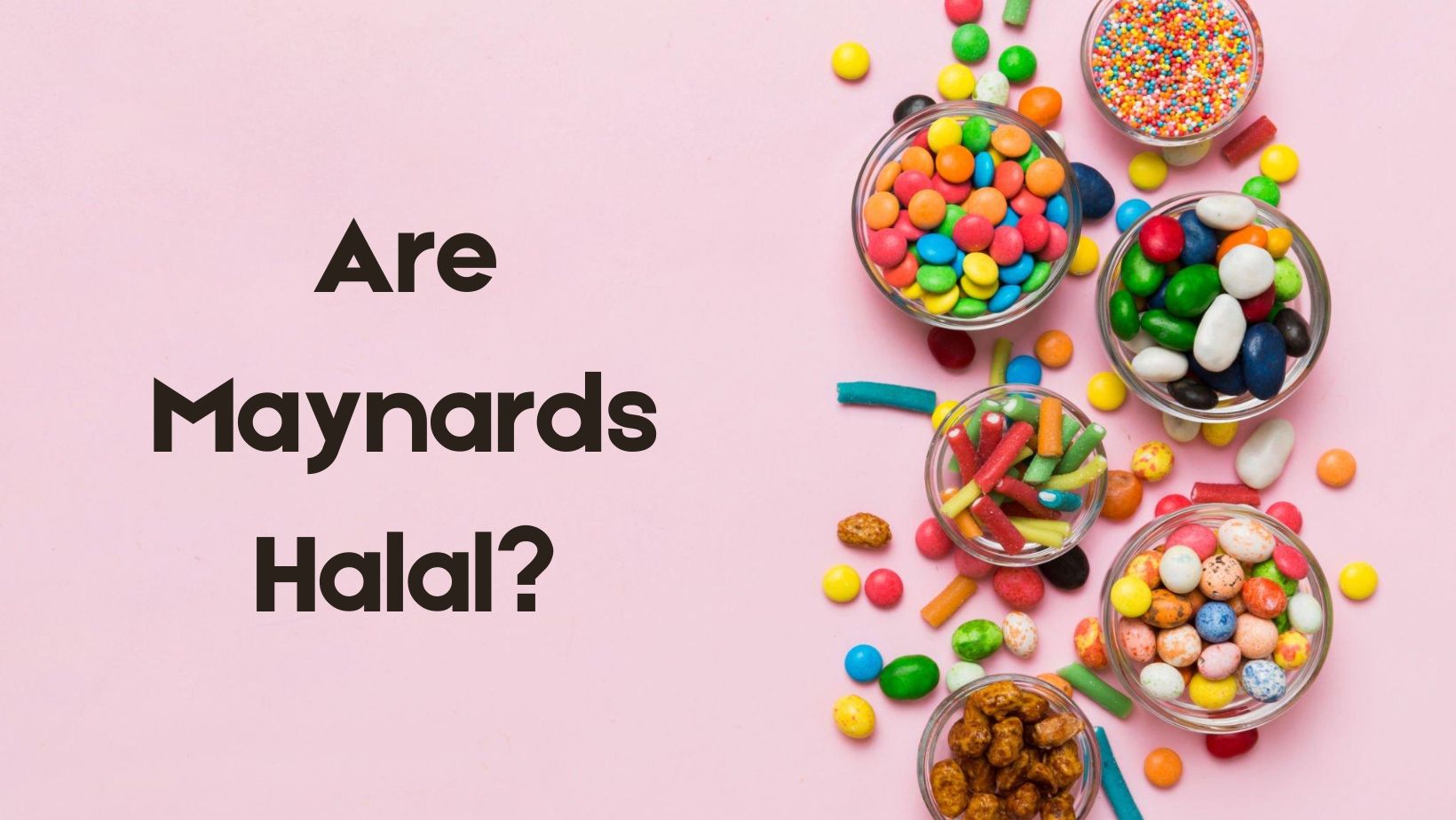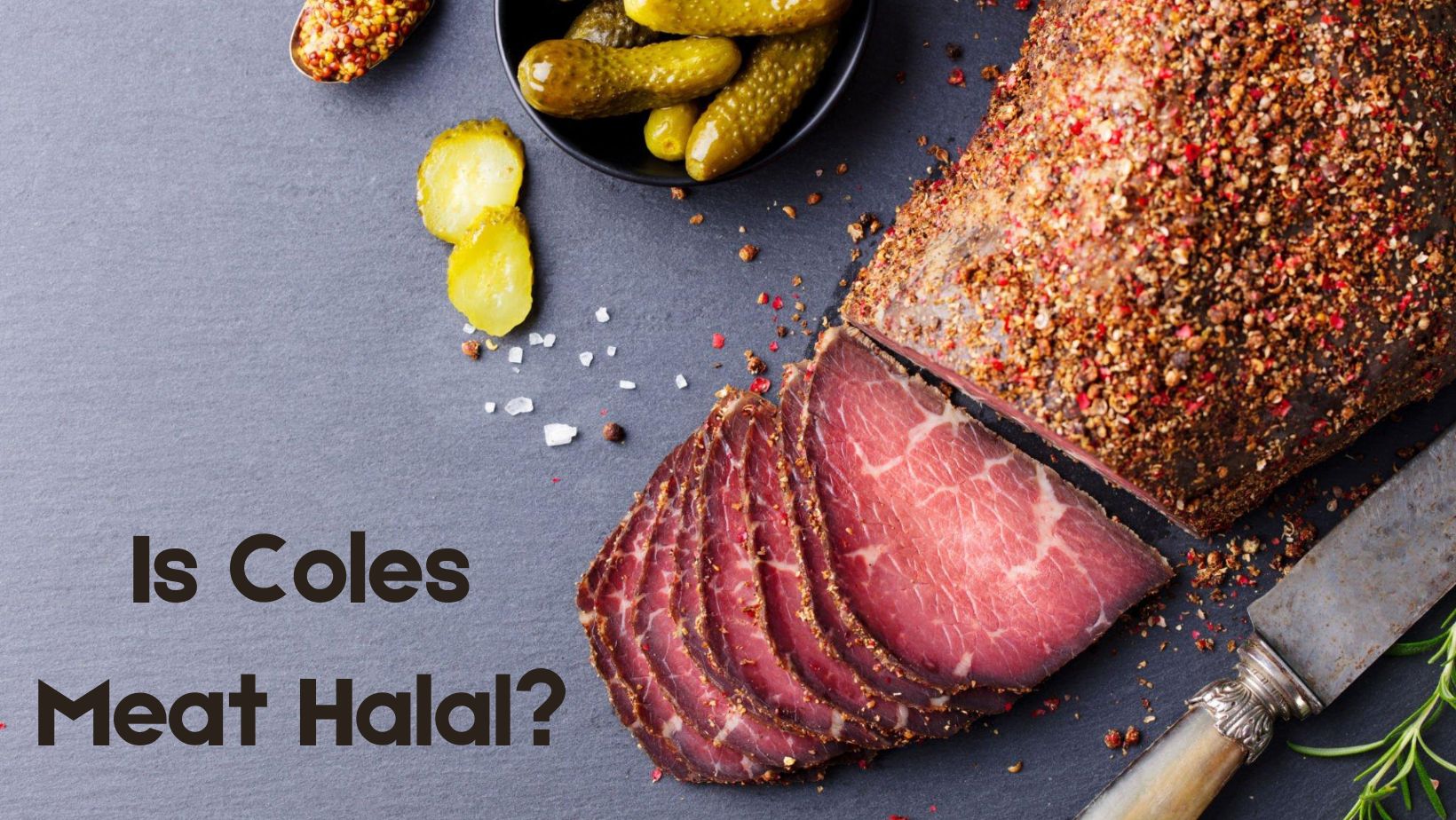Pectin is a naturally occurring substance found in various fruits, primarily apples and citrus fruits, and it has gained significant popularity in the food industry as a gelling agent and thickener for a wide range of products, from jams and jellies to yogurts and fruit juices.
However, for individuals who follow dietary restrictions based on their religious beliefs, such as Halal, there can be questions and concerns about whether pectin is permissible to consume.
In this article, we will explore the Halal status of pectin, shedding light on its origins, production methods, and whether it aligns with Islamic dietary guidelines. Understanding whether pectin is Halal can provide valuable insights for individuals seeking to make informed food choices in accordance with their faith.
What is Pectin
Pectin is a naturally occurring substance found in various fruits and vegetables, primarily within their cell walls. This complex carbohydrate, known as a polysaccharide, serves as a critical gelling agent and thickener in the realm of food and beverage production.
Its history dates back centuries, with fruits such as apples and quinces being used in food preservation and cooking. In the early 19th century, French chemist Henri Braconnot made significant contributions by isolating and characterizing pectin, noting its gelling properties when combined with sugar.
Commercial production of pectin began in the late 19th century, and its role as a food additive gained prominence in the 20th century, offering a vegetarian-friendly alternative to gelatin.
Today, pectin remains essential in the food industry, utilized in jams, jellies, fruit juices, and beyond, thanks to its ability to create desired textures and consistencies without the need for high sugar content or animal-based gelling agents. It also finds applications in pharmaceuticals and cosmetics for its gelling and stabilizing properties.
Is Pectin Halal
Pectin, in its natural form, is generally considered halal because it is derived from fruits and vegetables.
In Islamic dietary guidelines, fruits and vegetables are considered permissible (halal) unless contaminated or processed in a way that makes them haram (forbidden). Pectin is typically extracted from fruits like apples, citrus fruits, and quinces, and its processing generally doesn’t involve any haram ingredients or processes.
However, when it comes to commercially produced pectin and other food additives, it’s essential to consider the source and the manufacturing process.
Some commercial pectin products may undergo additional processing or may contain additives that could potentially be of concern in terms of halal compliance. Therefore, if you are concerned about the halal status of a specific pectin product, it’s advisable to check the label for any additives or contact the manufacturer to confirm the source and processing methods used.
Sources of Pectin
Pectin is naturally present in various fruits and vegetables, primarily in the peels, seeds, and cell walls. Here are some common sources of pectin:
- Apples: Apple pomace, which includes the peels and cores, is a rich source of pectin. It is often used in commercial pectin production.
- Citrus Fruits: Citrus fruits like oranges, lemons, and grapefruits contain a significant amount of pectin, especially in the peels and membranes.
- Quinces: Quinces are known for their high pectin content and have been used traditionally in making jams and jellies.
- Berries: Some berries, such as currants, gooseberries, and cranberries, contain pectin. They are commonly used in jam-making.
- Grapes: Grape skins and seeds contain pectin, which can be utilized in the production of certain jellies and preserves.
- Peaches and Apricots: While these fruits contain less pectin than some others, they still contribute to the overall pectin content in fruit preserves.
- Carrots: Carrots are a source of pectin, particularly in their outer layers.
- Cabbage and Other Leafy Vegetables: Certain leafy vegetables, like cabbage, also contain pectin in their cell walls.
- Sugar Beet Pulp: Pectin can be extracted from sugar beet pulp, a byproduct of sugar production.
- Citrus Peel and Apple Pomace Extracts: Commercial pectin is often derived from citrus peel and apple pomace through a controlled extraction process.
How is Pectin Made
Pectin is typically produced commercially from natural sources like citrus peel and apple pomace (the peels and cores of apples). The process of making pectin involves several steps:
- Source Selection: The first step is selecting high-pectin-content sources. Citrus fruits (oranges, lemons, etc.) and apple pomace are commonly used because they are rich in pectin.
- Extraction: The chosen fruit peels or pomace are cleaned and then subjected to an extraction process. In this process, the pectin is released from the cell walls of the plant material. Typically, this involves heating the material with water and sometimes adding acid (usually citric acid) to break down the cell walls and release the pectin.
- Precipitation: After extraction, the liquid containing pectin is filtered to remove solids and impurities. Calcium ions are often added at this stage to help the pectin molecules come together and form a gel.
- Concentration: The liquid is then concentrated, typically through evaporation or other methods, to reduce its volume and increase the pectin content.
- Alcohol Precipitation: To further purify the pectin, alcohol (usually ethanol) is added to the concentrated solution. This causes the pectin to precipitate out of the solution.
- Drying: The pectin precipitate is separated from the liquid, dried, and then milled into a fine powder.
- Blending and Packaging: The dried pectin powder may undergo further processing, such as blending with sugars or other ingredients depending on the intended application. It is then packaged and distributed for use in various food products.
It’s important to note that the specific methods and conditions used in pectin production can vary depending on the desired characteristics of the final product. Different types of pectin, such as high-methoxyl pectin (HMP) and low-methoxyl pectin (LMP), are produced using variations in the extraction and processing steps to achieve specific gelling properties.
Additionally, some pectin may be further modified to create amidated pectin, which has different gelling properties and is used in specific applications.
Final Thoughts – Status of Pectin
In its natural form, pectin is indisputably halal. The potential issues arise during the commercial production, where additives or certain processing methods might render it questionable for some. For those who prioritize consuming only halal-certified products, the best approach would be to seek pectin products that are specifically labeled as halal, or consult with scholars familiar with the intricacies of Islamic dietary laws.






